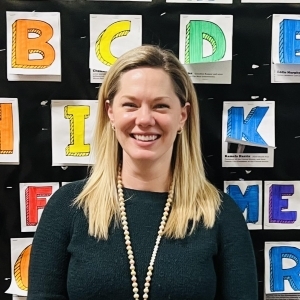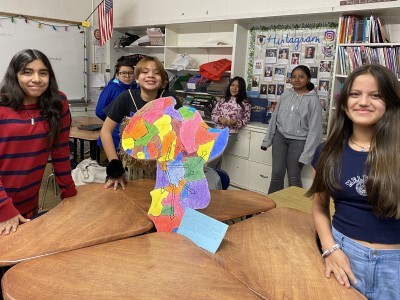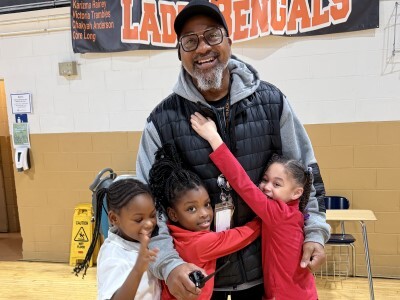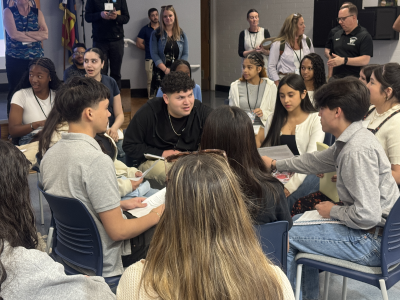From Learner to Educator: The Impact of Classroom Walkthroughs
Topics
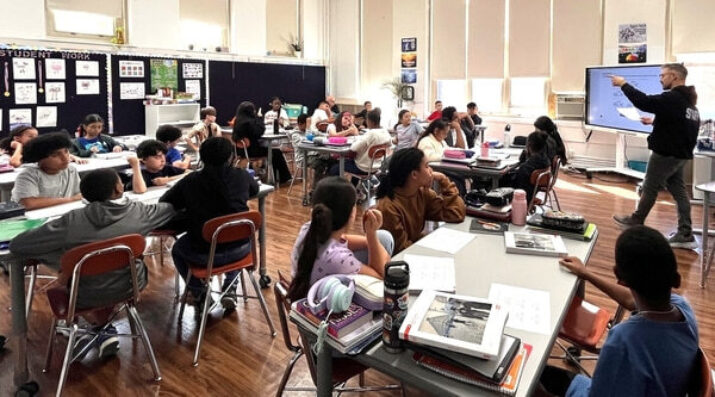
Educators are the lead learners in schools. If they are to enable powerful, authentic, deep learning among their students, they need to live that kind of learning and professional culture themselves. When everyone is part of that experiential through-line, that’s when next generation learning thrives.
Walkthroughs provide real-time insights into how teachers approach instruction, allowing instructional coaches to tailor their support to help teachers become the best champions for their students.
When I first started using learner profiles in 2014, my goal was simple: to truly understand my students—not just their academic abilities, but their goals, aspirations, and unique ways of learning. Over time, I realized that learner profiles do much more than capture student information; they are key to students taking ownership of their learning, making meaningful choices, and engaging in personalized learning experiences.
Now, as senior manager of teacher development for Distinctive Schools, the experience I had with student learner profiles continues to shape how I coach educators—just as students thrive with personalized support, so do teachers. To create rigorous, student-centered classrooms, teachers need a deep understanding of standards, curriculum, and their students—and they need the right support to apply that knowledge effectively.
That’s where classroom walkthroughs come in. Walkthroughs provide real-time insights into how teachers approach instruction, allowing us to tailor coaching that helps them grow and, ultimately, become the best champions for their students.
Leveraging Classroom Walkthroughs
Monthly classroom walkthroughs give the network academic team a real-time look at what’s happening in our classrooms. These walkthroughs help us identify instructional trends across schools and better understand each teacher’s approach to learning. Working alongside the network academic team, I analyze walkthrough data to spot patterns and determine next steps aligned with each campus’s growth plan. In many ways, it’s like creating personalized learning plans—but for school teams. These insights also directly inform how I coach and support educators.
Purposeful walkthroughs and coaching ensure that every classroom is a place where curiosity, perseverance, and intellectual growth thrive.
Just as teachers personalize instruction to meet students’ needs, I also help teachers create learning environments that foster student learning. One of my biggest "a-ha" moments when using learner profiles was recognizing the importance of aligning them with grade-level standards. Now, when I work with instructional coaches, the focus remains on student learning and mastery of standards, but I customize coaching to meet each teacher’s needs.
By unpacking standards with coaches and teachers, the academic team and I help them to define what mastery looks like and assess where students are in their learning journey. This approach ensures personalized support for both students and educators—while keeping high expectations at the core. In a recent coaching meeting, I watched a coach lead a teacher through a data analysis of student work. Through this process, the teacher was able to leave the meeting with an adjusted lesson plan for more intentional instruction the next day and a plan to re-teach the students who had not yet mastered the standard. At the next coaching session, the teacher was able to celebrate a 15 percent increase in the number of students who had mastered the day’s objective!
Helping Teachers Create Choice in Classrooms
A key component of student learning is building buy-in with your students. One powerful way to do this is by embedding student choice into lessons, allowing learners to take an active role in how they demonstrate understanding. When students have agency in their learning, they take greater ownership and stay more engaged. This was always a key tenet of learner profiles.
Student choice doesn’t have to be a huge lift for the teacher. It can be as simple as providing different options for practice opportunities when students are working independently. One teacher I recently worked with built choice into his lesson by offering students three different opportunities to show mastery, aligned with their daily objective. He creates a weekly Learning Plan that provides students all of the work they need to complete during the week, but gives them autonomy to determine when and which activities they will do on a given day. Some students opted for a traditional worksheet, while others preferred a more creative approach, but all students were working toward mastery of the same grade level standard.
When designed intentionally, student choice deepens learning. By selecting how they engage with a concept—whether through analysis, creation, or problem-solving—students develop critical thinking skills and take greater ownership of their academic progress. These opportunities already exist within the curriculum; it’s about internalizing daily lessons, understanding the curricular resources, and finding ways to make space for student choice. By doing so, teachers create a more personalized, self-driven classroom environment where every student can thrive.
Reinforcing Academic Rigor
I began creating learner profiles as a teacher to gain a deeper understanding of student strengths, challenges, and interests. That allowed me to push each student toward deeper thinking and meaningful engagement; that’s exactly what it means to be academically rigorous. Rigor is all about making learning more meaningful, and walkthroughs provide an essential lens into how rigor is maintained across classrooms, which, in turn, allows us to assess whether students are truly engaging with complex tasks, higher-order thinking, and deeper learning experiences.
During walkthroughs, I look for evidence of rich discussions, problem-solving opportunities, and tasks that require students to apply their knowledge in new ways. Are students simply memorizing information or are they analyzing, creating, and synthesizing concepts? Are they being given opportunities to struggle productively, asking thoughtful questions, and engaging in real-world applications of their learning?
A key component of maintaining rigor is ensuring that student choice enhances—rather than diminishes—the level of rigor. When done well, student choice encourages deeper learning by allowing students to approach complex tasks in ways that resonate with them, without lowering expectations. Walkthroughs help our academic team and myself support teachers in striking a balance between autonomy and academic challenge, ensuring every student is pushed to reach their full potential.
By leveraging the insights gained through classroom walkthroughs, we can provide targeted coaching that encourages teachers to refine their instructional strategies, embed high expectations into each lesson, and create dynamic learning experiences that drive student success. By combining academic rigor with student-driven learning, we support students to think critically, take ownership of their education, and engage deeply with challenging content. Through purposeful walkthroughs and coaching, we ensure that every classroom is a place where curiosity, perseverance, and intellectual growth thrive.
Photo at top courtesy of Distinctive Schools.

